Understand
The Hornafjörður area in Iceland is an enchanting land of contrasts. Despite its substantial territory, it is home to a relatively small population of around 2400 people. The town of Höfn, with approximately 2000 inhabitants, serves as the main hub in this region. Stretching along a narrow patch of arable land between Vatnajökull and the Atlantic Ocean, the rest of the population is dispersed. The economy of Höfn revolves primarily around its thriving fisheries, particularly for lobster which is abundant in the surrounding coastal waters. Contrary to its name, Hornafjörður is not a fjord but rather a vast lagoon. It encompasses a blend of fresh and glacial water within its 40 square km expanse. This lagoon is formed by the dynamic interaction of the Atlantic Ocean and the magnificent Vatnajökull glacier. As the glacier moves, it generates clay and sand, carried by the glacier rivers and eventually settling as sediment in the lagoon. Despite its shallow depth, large ships can navigate these waters, and Höfn, which means "harbour," benefits from being the first natural harbor on the south coast after hundreds of kilometers to the west. The Hornafjörður area is dominated by majestic mountains, meandering rivers, and the awe-inspiring Vatnajökull glacier. Until recent decades, this remote region was inaccessible, but with significant improvements to the road network, it has become more easily reachable. Located on the eastern coast of Iceland, Hornafjörður experiences less precipitation due to its protected position. Though windy at times, it is considered the closest thing to a low desert in Iceland, with the high desert area lying further east near Mývatn.
Map & Climate
Popular Foods
 1. Icelandic Hot Dog (Pylsur)The Icelandic hot dog, or pylsur, is a beloved street food featuring a lamb or sheep meat sausage in a steamed bun. It's typically loaded with sweet and savory condiments such as ketchup, mustard, onions, crispy fried onions, and remoulade sauce. This tasty handheld treat can be found at roadside stands, festivals, and even the famous Bæjarins Beztu Pylsur stand in Reykjavik, which claims to serve the best hot dogs in Europe.
1. Icelandic Hot Dog (Pylsur)The Icelandic hot dog, or pylsur, is a beloved street food featuring a lamb or sheep meat sausage in a steamed bun. It's typically loaded with sweet and savory condiments such as ketchup, mustard, onions, crispy fried onions, and remoulade sauce. This tasty handheld treat can be found at roadside stands, festivals, and even the famous Bæjarins Beztu Pylsur stand in Reykjavik, which claims to serve the best hot dogs in Europe. 2. Fermented Shark (Hákarl)A traditional Icelandic delicacy, fermented shark is made from Greenland shark that undergoes a lengthy process of fermentation and drying, which can take up to six months. The result is a unique, strong-smelling, and flavorful meat often served in chunks accompanied by a shots of Brennivín, a potent Icelandic schnapps made from caraway seeds and anise. Though not for the faint-hearted, hákarl offers a truly authentic culinary experience.
2. Fermented Shark (Hákarl)A traditional Icelandic delicacy, fermented shark is made from Greenland shark that undergoes a lengthy process of fermentation and drying, which can take up to six months. The result is a unique, strong-smelling, and flavorful meat often served in chunks accompanied by a shots of Brennivín, a potent Icelandic schnapps made from caraway seeds and anise. Though not for the faint-hearted, hákarl offers a truly authentic culinary experience. 3. PlokkfiskurPlokkfiskur is a traditional Icelandic dish composed of dried codfish (stockfish) that is rehydrated and mashed with various seasonings, typically potatoes, onions, and butter. It's similar to fish pâté and often enjoyed with dark rye bread, pickled herring, and boiled eggs. This simple yet hearty meal can be found at many restaurants and cafés across the country, offering a taste of Icelandic comfort food.
3. PlokkfiskurPlokkfiskur is a traditional Icelandic dish composed of dried codfish (stockfish) that is rehydrated and mashed with various seasonings, typically potatoes, onions, and butter. It's similar to fish pâté and often enjoyed with dark rye bread, pickled herring, and boiled eggs. This simple yet hearty meal can be found at many restaurants and cafés across the country, offering a taste of Icelandic comfort food.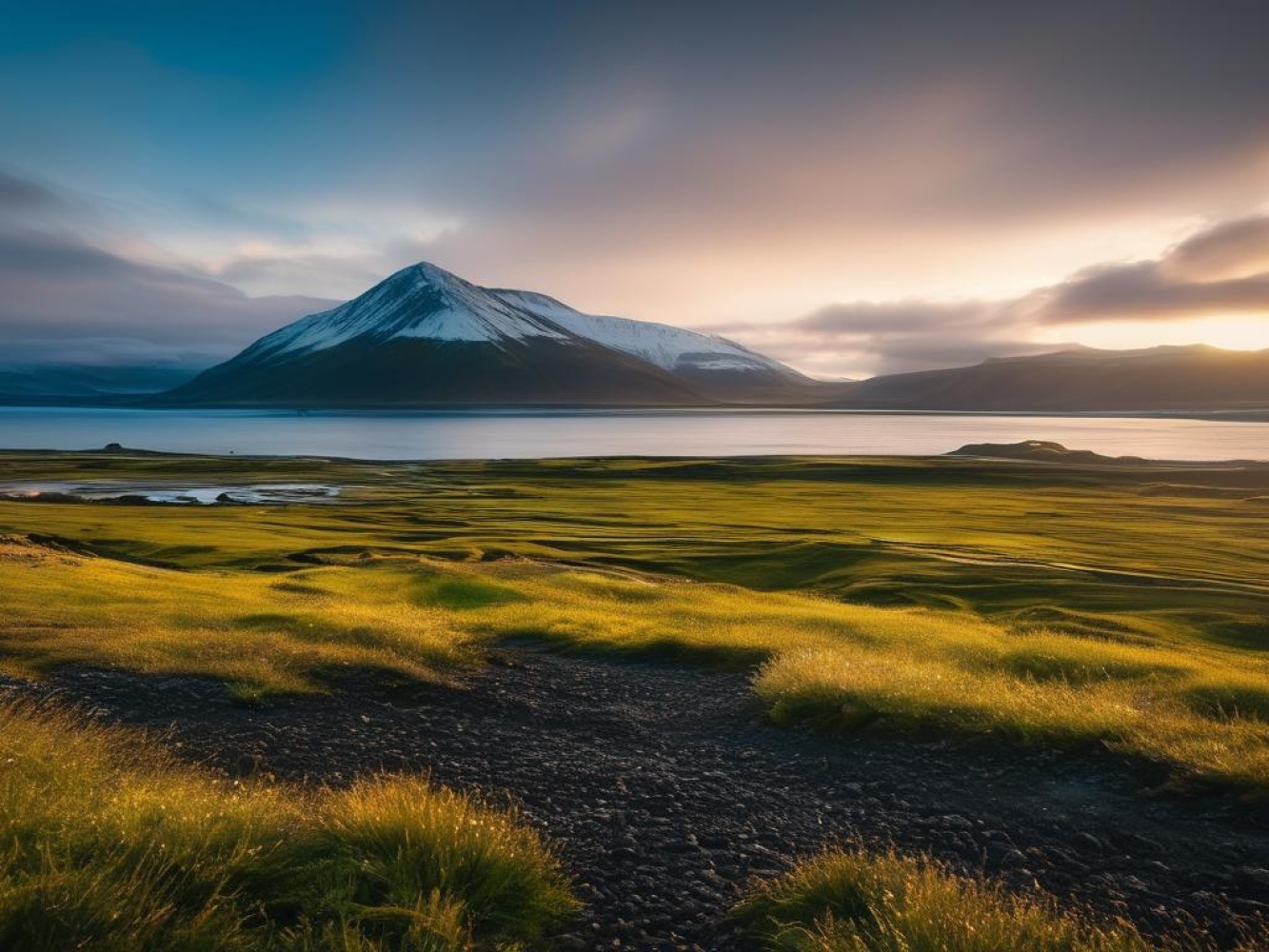
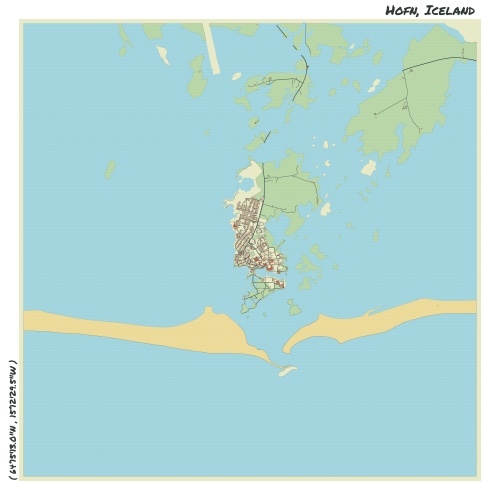
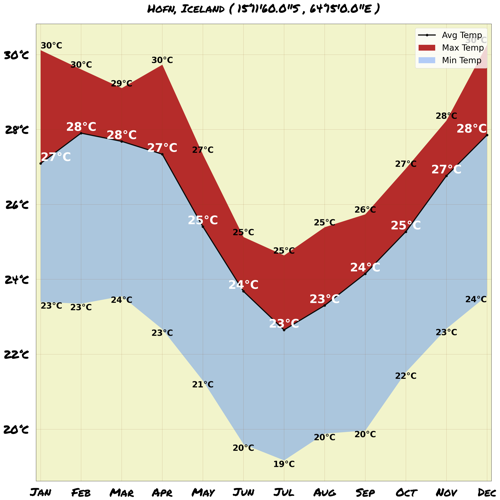
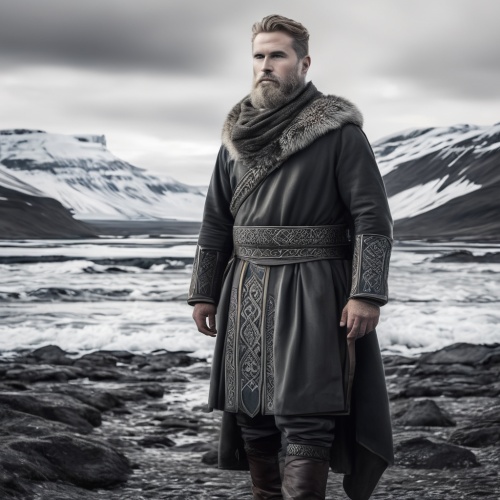
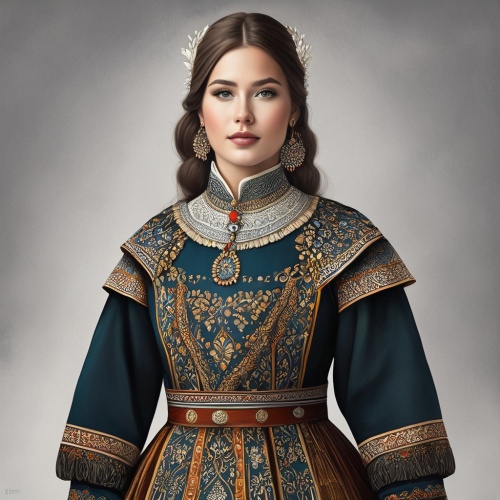
Comments
NO COMMENTS